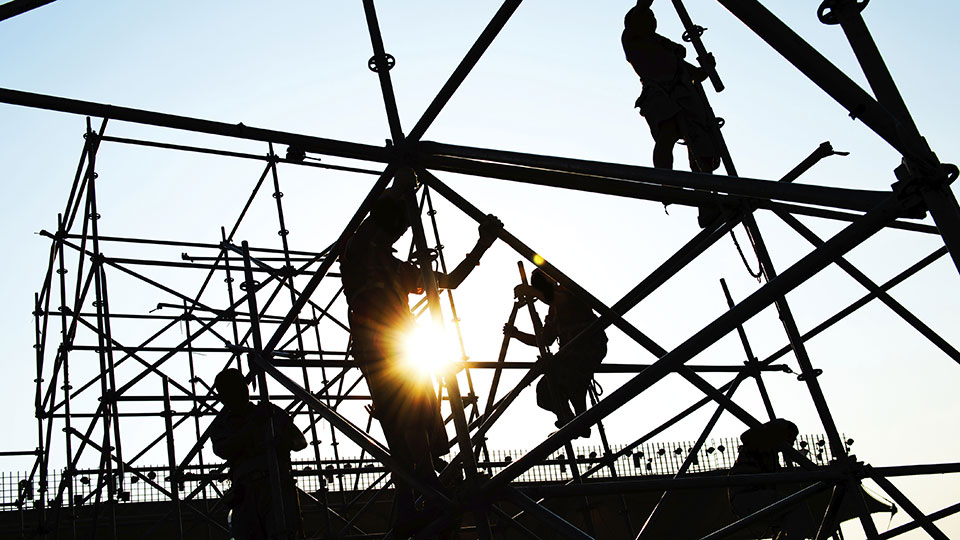'Sustainable' infra is just not about the materials, architect says

Building sustainable infrastructure is not about using greener materials, but rather achieving less wastes in the process, an architect said on Monday.
“The difference between a sustainable concrete and a non-sustainable concrete is very, very small. You have to go from bamboo to concrete before you can see anything really sizable. But then you cannot build vertical bamboo,” said William Ti, principal architect of WTA Architect and Design Studio, in a chance interview with GMA News Online.
Ti added sustainability in architecture also means that the materials and the technology used are locally sourced and done.
“You can do vertical wood now, but whether it’s sustainable or not — it’s actually not because we only have hardwood. So if we start importing wood from Scandinavia to the Philippines, it makes it unsustainable na,” he said pointing to the carbon footprint of imported wood. “A lot of these technologies are only sustainable when done in their countries of origin.”
The United Nations Environment Programme earlier reported that the building and construction sector accounted for over 34% of energy demand and around 37% of energy and process-related CO2 emissions in 2021.
Further, the UNEP said materials used in the construction of buildings accounted for around 9% of overall energy-related CO2 emissions.
Citing the the Climate Change Commission, the Philippine Statistics Authority last July said that the country’s total greenhouse gas emissions amounted to 204.33 teragrams of CO2 in 2020, a decline of 12.3% from the 232.99 teragrams of CO2 in 2015.
But it should be noted that a nationwide lockdown was implemented in 2020 due to the COVID-19 pandemic, wherein services like transportation and other businesses were limited.
The sectors contributing to the Philippines’ greenhouse gas emissions are: energy, transport, agriculture, forestry and other land use, industrial processes and product use, and waste.
According to Ti, the local government units and the national government play an important role in implementing sustainability.
“Well, climate change is a big problem, especially in how are we gonna be dealing with it moving forward,” he said.
“The biggest effect we can have is if we really have sustainable planning from the very beginning and we have system wide and systemic solutions.”
Density
Dense cities actually bring more benefit to the economy and are sustainable, said Ti.
“Higher density is more sustainable. Higher density allows us to have mass transportation, allows us to bring services to the people, it allows us to open up more space,” he said during the Manila Bulletin Sustainability Focus Session.
The Philippine Statistics Authority earlier said Philippine population is projected to increase for the next 35 years across different scenarios, reaching more than 110 million people.
But Ti said that “overbuilt” cities may lead to problems if there will be no proper urban planning.
“Density itself also has its challenges…What you see in our city, it’s overbuilt, we have urban heat island effect. This is largely brought about because we don’t have proper urban plans,” he said.
“So we allow people to build everywhere. Of course, in a very dense city, land prices go up and without the proper guidance by the policy and government, they build everywhere.”
The National Land Use Act, which is a priority measure of the Marcos administration, remains pending at the Congress.
If enacted into law, it would provide a framework on proper utilization and management of land resources in the country.
The theme for the inaugural Manila Bulletin Sustainability Focus Session is “Power and Real Estate in a Green-Centric Future.” Industry leaders and representatives in architecture, real estate development, and in the power sector shared their insights on sustainability.
— LA, GMA Integrated News



